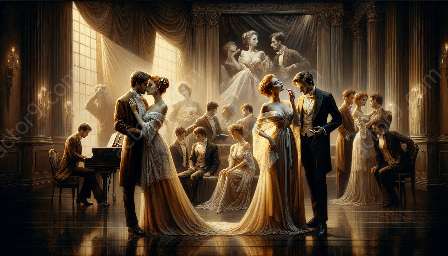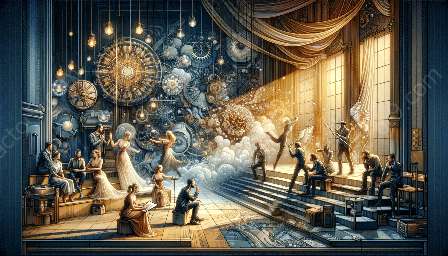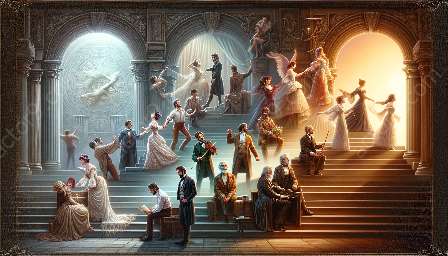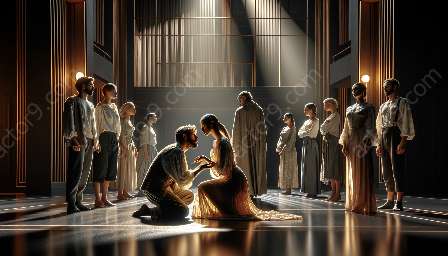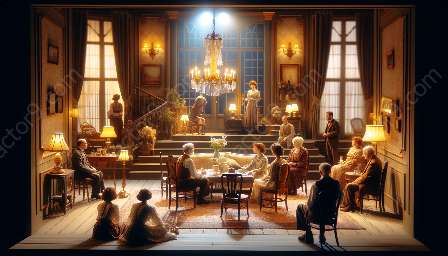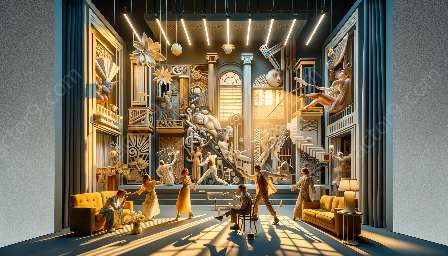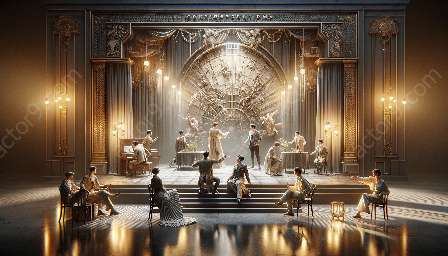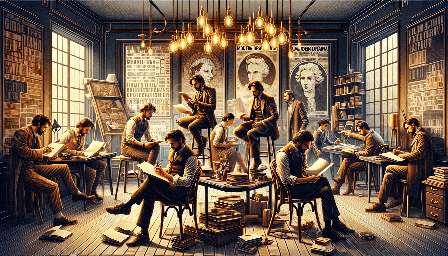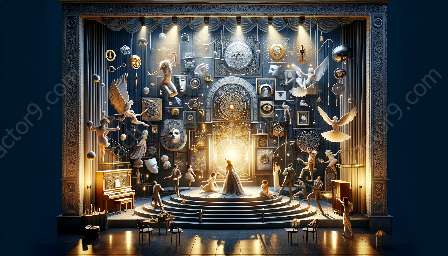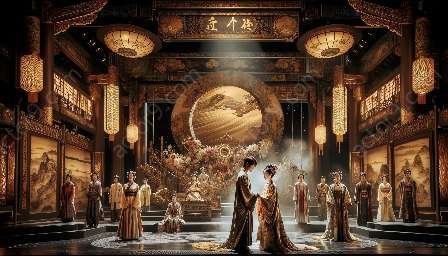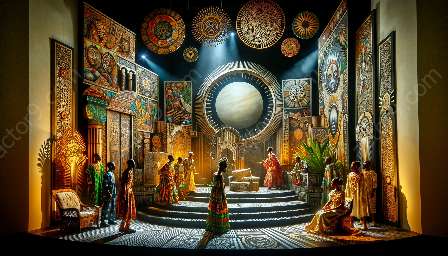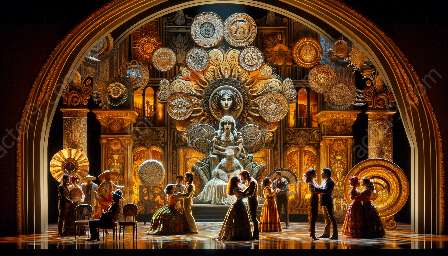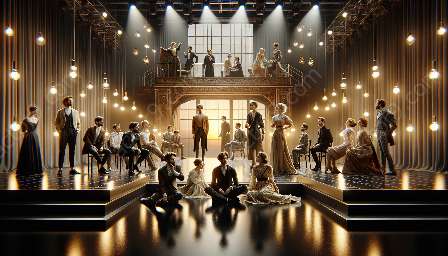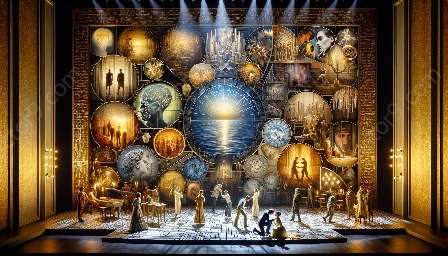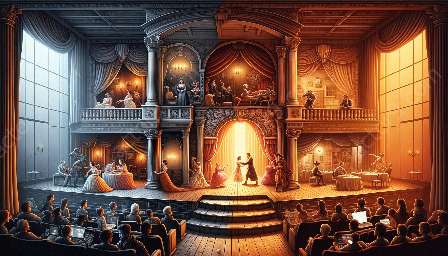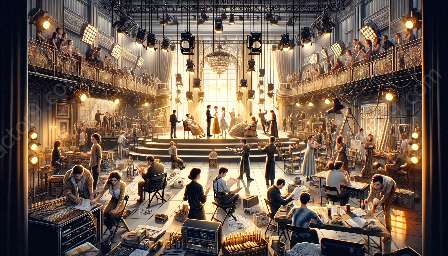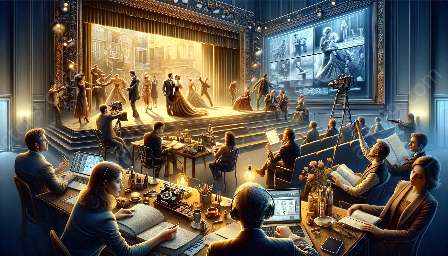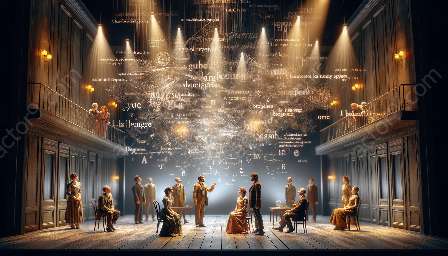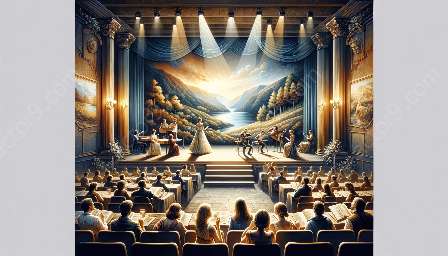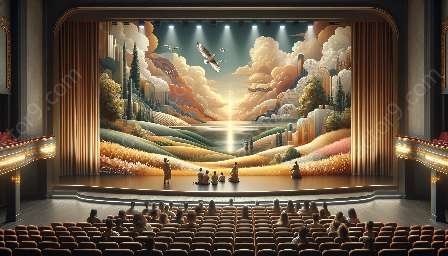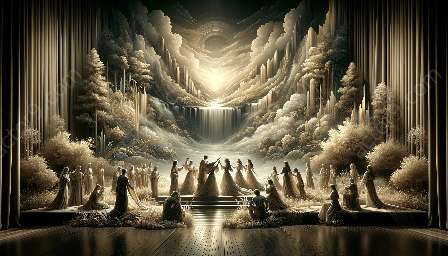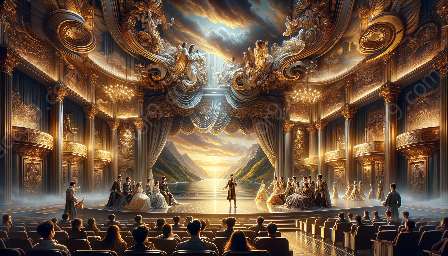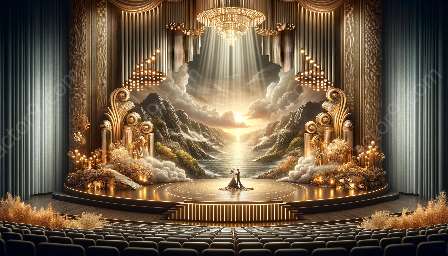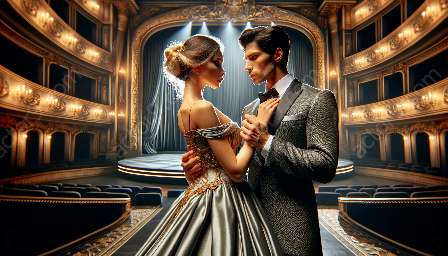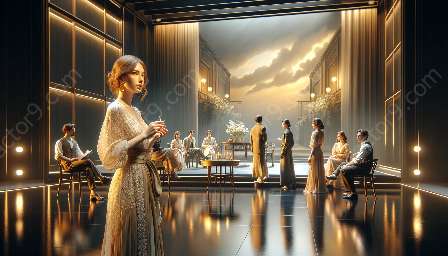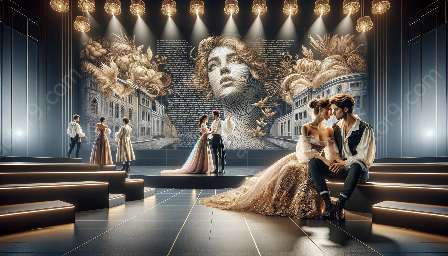Modern drama performances are defined by a dynamic interplay of text and performance, where physical movement and gesture play a crucial role in conveying emotions, narratives, and themes. In this topic cluster, we will examine the significance of physical movement and gesture in modern drama performances, exploring their impact on storytelling, character development, and audience engagement.
Importance of Physical Movement and Gesture
Physical movement and gesture serve as essential tools for modern drama performances, allowing actors to embody the emotions, motivations, and conflicts of their characters. Through nuanced movements and gestures, actors can convey subtext, establish relationships, and create a palpable sense of presence on stage.
Enhancing Text and Performance Interplay
The interplay of text and performance in modern drama is enriched by the integration of physical movement and gesture. By aligning their movements with the textual dialogues and subtext, performers can bring the words to life, adding layers of meaning and depth to the script. This symbiotic relationship between text and physicality elevates the audience's understanding and interpretation of the dramatic work.
Expressing Complex Emotions and Themes
Physical movement and gesture provide a powerful means of expressing complex emotions and themes in modern drama. From subtle gestures that hint at underlying tension to choreographed movements that symbolize larger societal issues, the physicality of performances adds a visceral dimension to the thematic exploration, leaving a lasting impact on the audience.
Interactive Engagement with Audience
Through deliberate use of physical movement and gesture, modern drama performances facilitate an interactive engagement with the audience. By incorporating movement-based storytelling and visually compelling gestures, performers can draw the audience into the narrative, creating a shared experience that transcends the confines of the stage.
Conclusion
Exploring the significance of physical movement and gesture in modern drama performances illuminates the intricate relationship between text and performance. As actors harness the power of physicality to breathe life into characters and narratives, modern drama continues to evolve as a dynamic and engaging art form that captivates audiences worldwide.

